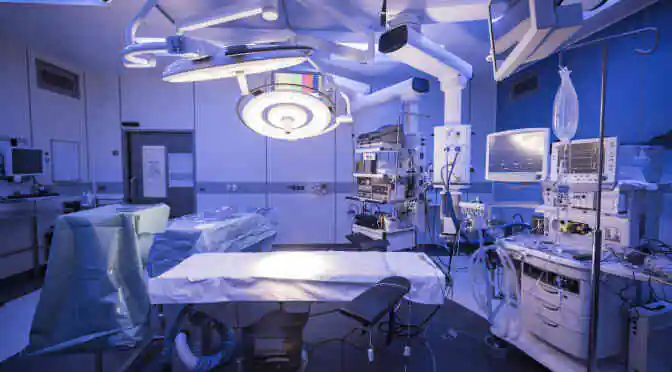In order to understand recombinant human erythropoietin (rhEPO), its helpful to first understand the term erythropoietin. Erythropoietin (EPO) is a glycoprotein hormone that controls the production of red blood cells (RBC) in the body. While this protein is produced by the liver in the fetal stage, as one reaches adulthood, EPO is secreted by the kidneys. EPO is essential for maintaining the normal RBC level in the body.
There are certain situations where the natural production of EPO in the body is disturbed, either due to the use of medications or the development of specific diseases. In such cases, the RBC level is maintained by supplying EPO from an external source. The process of supplying EPO externally, usually with the help of recombinant DNA technology in a cell culture, is known as rhEPO. rhEPO is used to treat anemia due to neural diseases, injuries, kidney diseases or cancer. Recombinant human erythropoietin is also used in cardio-protection, wound healing, retinal protection, brain development etc.
The Chinese Healthcare System and The Scope of rhEPO
The Chinese health care system, which was put on the backburner 10 years ago, has gradually become one of the top priorities of its government. Even the allocation of funds to the healthcare sector has increased in the past few years and is expected to reach $892 billion in 2018. As urbanization in China continues, there has been a rise in the amount of disposable income within the middle class. This in turn has led to a steady growth of the pharmaceutical market, bringing in immense opportunities for local as well as global vendors. Even though China may not be spending as much as several western countries when it comes to healthcare, the overall condition of its health sector is moving in a positive direction.

In the past few decades, China has experienced an increase in the incidence of cancer, renal and neural diseases. The country has witnessed around 119.5 million cases of Chronic Kidney Disease (CKD), a result of the growth of the elderly popultion.
Apart from CKD, anemia caused by cancer is also on the rise in China. Technavio reports show that China accounts for 22% of the global cancer cases and 27% of cancer deaths. It is for these reasons that the rhEPO market in China is seeing tremendous growth. Additionally, the growth of the biotechnology sector, along with government incentives and provisions for local manufacturers, has been critical in fueling the rhEPO drug market.
An analysis of the rhEPO market in China shows that domestic rhEPO drugs hold a major share of the market due to previously mentioned government incentives and the low price of local drugs.
On the whole, the rhEPO market in China is growing at a rapid pace. According to analysts at Technavio, the Chinese rhEPO market is poised to record a CAGR of nearly 17% by the year 2020.

The market for rhEPO supplements is segmented into two verticals, based on the following:
- Application
- End User
EPO drugs are used to treat anemia due to HIV, kidney disorders, wounds and neural disorders. EPO therapy is in fact the preferred treatment for those who suffer from anemia due to cancer or chemotherapy. Hospitals are the first end-users of EPO drugs, followed by pharmacies/ retail outlets, as patients often require continued medication and therapy after initial treatment.
The top five rhEPO vendors in China are 3SBio, Shanghai Chemo, Chengdu Diao, NCPC Genetech, and Kyowa Hakko Kirin.
Though there have been several cases of rhEPO being used as a blood doping agent, the benefits of this drug cannot be ignored. Precisely for this reason, countries around the world are working toward better regulation of drugs in the rhEPO industry.



